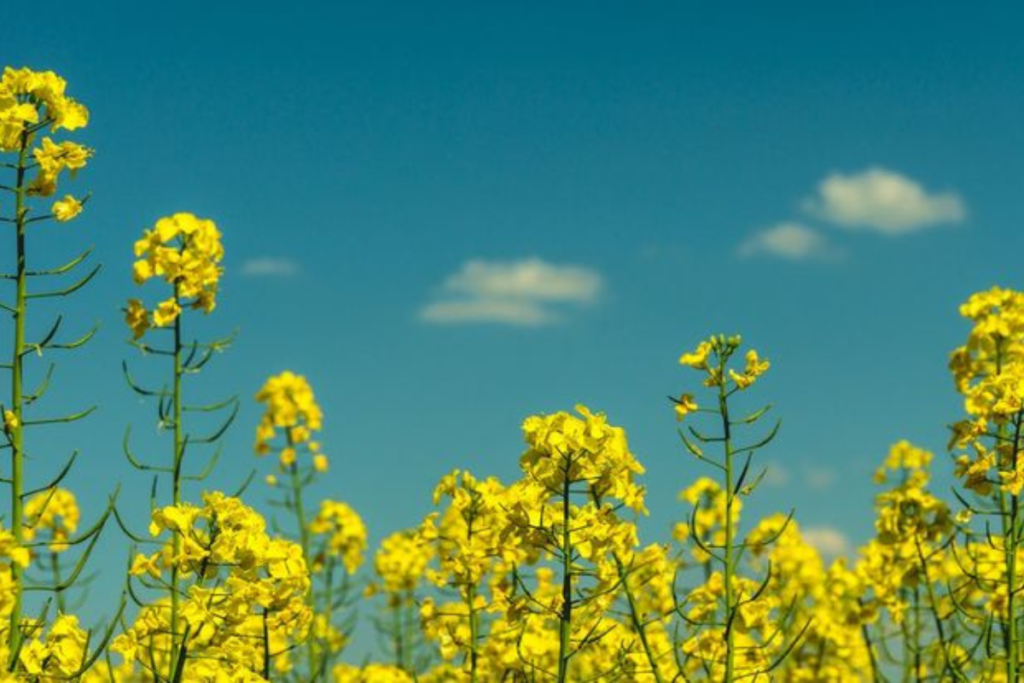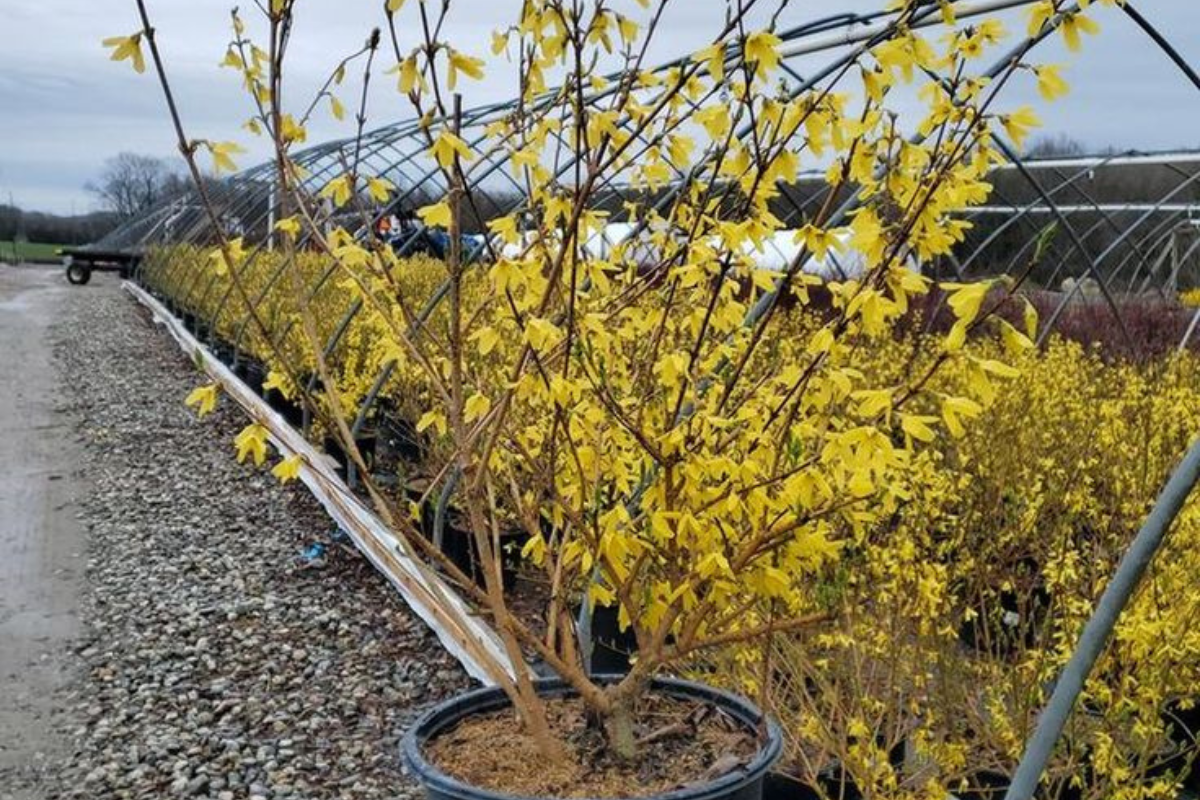Although Snow Forsythia spreads a pleasant, delicate scent and is easy to care for, this early-blooming ornamental shrub is rarely seen in our gardens.
About Snow Forsythia
The white-blooming Snow Forsythia (Abeliophyllum distichum) is the only species in its genus and is also a bee-friendly ornamental shrub. Its origins lie in Korea, where it grows naturally in only seven locations in South Korea. Unfortunately, it is endangered in some areas.
The plant produces white to pale pink flowers in early spring (March to May), which give off an almond-like fragrance. It grows slowly, between 10 and 30 cm per year, making it ideal for small gardens. After flowering, its dark green, lance-shaped leaves appear. It is a deciduous shrub, with foliage turning yellow to reddish in autumn before being shed. At maturity, Snow Forsythia can reach 150–200 cm in height and up to 175 cm in width, often forming a hanging growth habit over time.

Is Snow Forsythia bee-friendly?
Yes! Its early blossoms provide bees and bumblebees with essential nectar starting in March.
Planting Snow Forsythia
Snow Forsythia thrives in a sunny to lightly shaded, sheltered location. The soil should be loose, humus-rich, and well-draining, as it is sensitive to waterlogging. It prefers a slightly acidic to alkaline pH.
- Best planting time: Autumn is ideal, as the soil is still warm, allowing the plant to develop roots over winter. Spring planting is also possible but requires regular watering. For container plants, year-round planting is feasible, though autumn remains the best choice.
Steps to plant Snow Forsythia:
- Keep a distance of about 1 meter from neighboring plants.
- Dig a planting hole at least twice the size of the root ball.
- Loosen the soil thoroughly and add a drainage layer if needed.
- Plant it at the same depth as in the nursery (indicated by a change in bark color).
- Fill the hole with soil and water generously to eliminate air pockets.
Planting in pots:
Choose a pot that is 10 cm larger than the root ball. Add a drainage layer (e.g., gravel or clay shards), place the plant in the center, and fill the pot with a suitable substrate, such as peat-free organic potting soil.
Care Tips for Snow Forsythia
Snow Forsythia is low-maintenance but benefits from the following:
- Mulching: Apply mulch in spring or autumn to retain soil moisture and regulate temperature.
- Watering: Water only during prolonged dry spells, though potted plants require more frequent watering.
- Fertilizing: In nutrient-poor soils or pots, use compost or organic fertilizer annually.
Pruning Snow Forsythia
Start pruning after the third year by thinning out older branches near the ground, ideally after flowering. This encourages fresh growth and enhances flower production the following year.
Winter Hardiness
Snow Forsythia is hardy down to -17°C. Young plants may need frost protection, such as mulch or protective covers.
Is Snow Forsythia Toxic?
Snow Forsythia is mildly toxic and may cause minor issues in pets like dogs and cats, so caution is advised.
